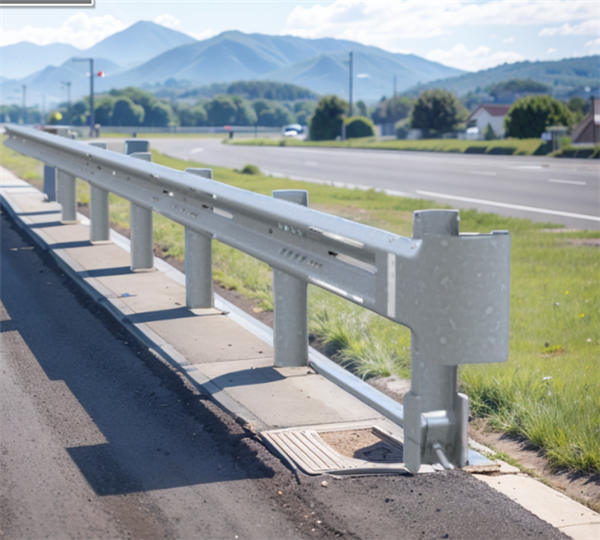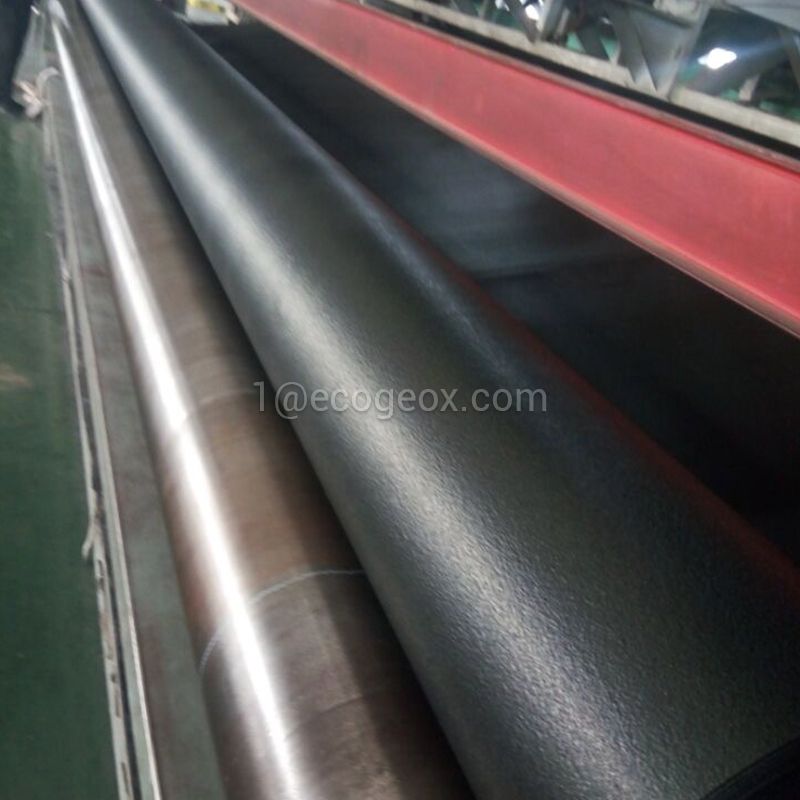Selecting commercial healthcare flooring comes with unique considerations and challenges that other industries might not need to grapple with. Cleanability, durability, comfort, aesthetics, load requirements, and other factors all play a role in determining which hospital flooring is best suited for various areas.
Read on to learn about the six most common types of hospital floor materials and where they are most appropriate.
1. Luxury Vinyl Tile (LVT)
Arguably, luxury vinyl tile is among the most versatile and multipurpose flooring materials for hospitals. It is made of multiple layers of vinyl to provide durability and protection from common foot traffic. It’s a great alternative to vinyl composite tile (VCT) which requires more maintenance.
Imaging for LVT has improved in recent years and the options are almost limitless. Its appearance can closely mimic wood, tile, stone, concrete, and other materials. This is important for both urban and rural hospitals and clinics that want to create a more homey feel. It’s a real workhorse requiring only general maintenance, and it can be put most anywhere with a few exceptions.
It does have some drawbacks. Because the appearance is basically a photo beneath multiple clear layers, it has the potential to scratch. It may also have rolling limits for high traffic areas. Because it has seams, there is the potential for fluid or microorganisms to seep in between, so it’s best to avoid its use in procedural rooms or surgical suites.
✅ Corridors, waiting rooms, patient rooms, entryways
⛔ Surgical suites, operating rooms, procedural rooms, ICU
2. Vinyl Composite Tile (VCT)
For the most part, vinyl composite tile is being replaced with LVT. Vinyl composite tiles are made of natural ground stone, plastics, fillers, and pigments, and it’s typically less expensive than LVT. While its durability and price point are appealing, any savings are typically eroded over time due to its high maintenance requirements. VCT requires frequent stripping, waxing, and polishing to maintain its attractive appearance. In a hospital setting, such activities can be highly disruptive.
Other drawbacks of VCT include its propensity to expand and contract, potentially leaving gaps in between the tiles. When it comes to total cost of ownership, LVT is typically a better value.
✅ Corridors, waiting rooms, patient rooms, entryways
⛔ Surgical suites, operating rooms, procedural rooms, ICU
3. Sheet Vinyl
Commercial sheet vinyl typically comes in rolls up to six-feet wide. Aesthetically, it comes in multiple patterns and styles, but its main advantage is fewer seams across an expanse. The seams are heat sealed to ensure that microorganisms won’t penetrate in between. Unlike LVT or VCT, sheet vinyl can be coved up a wall, making it very easy to clean and maintain.
Because of its monolithic features, cleanability, and its ability to repel microorganisms, it’s ideal for procedural rooms and surgical suites where the highest level of infection control is required. Some hospitals prefer it in corridors for its cleanability. Code dictates certain criteria for flooring materials in some areas, so be sure to work with a reputable construction manager that specializes in healthcare and understands associated regulations.
✅ Surgical suites, operating rooms, procedural rooms, ICU, corridors
⛔ Waiting rooms, patient rooms, entryways
4. Rubber Flooring
As a natural material, rubber flooring is appealing for hospitals and healthcare facilities that have strong green initiatives. It also is appealing for its sound absorption properties and being soft under foot. As far as appearance goes, it doesn’t have a lot of options. It’s typically only available in solid or marbled colors and can have a texture like raised dots or a hammer finish. It’s worth mentioning linoleum as a natural product also, although it is cost prohibitive and rarely used any more. Both rubber and linoleum are more costly than sheet vinyl flooring.
A plus is that maintenance is relatively low and rubber can actually self heal from minor abrasions or cuts. Because of its high durability, it is appealing for high traffic areas.
✅ Stairwells, entryways, vestibules
⛔ Surgical suites, operating rooms, procedural rooms, ICU, corridors, waiting rooms, patient rooms
5. Bamboo Flooring
Another sustainable option is bamboo wood flooring. Because it is often cost prohibitive, it’s typically not used in common areas of a hospital. Bamboo flooring requires quite a bit of maintenance to keep it looking nice, and it’s definitely not suited to high traffic areas or areas that should be seamless. Installation costs are typically higher as well.
Additional reading:
Quelles sont les défaillances des câbles en acier ?
How to Enhance Concrete with Polypropylene Fiber: A Step-By-Step Guide
What factors should I consider when choosing my shipping container house?
The Evolution of Battery-Powered Drills
Revolutionizing Construction: 2-Wire Steel Cable Innovation?
Innovative Uses for Mining Steel Strand: Ideas?
The Ultimate Guide to 15.7mm PC Strand
Appropriate uses might include offices. Bamboo flooring might also add a special touch to a chapel, art display, or other specialty area.
✅ Offices, chapel, private waiting rooms, specialty areas
⛔ Surgical suites, operating rooms, procedural rooms, ICU, corridors. waiting rooms, patient rooms, entryways
6. Commercial Carpet
Commercial carpeting was once used extensively in healthcare settings, especially in waiting areas, entryways, offices, and corridors. Today, it’s being used less and less due to its necessary maintenance routine and concerns over its potential to harbor microorganisms in its fibers. In today’s healthcare environment, hospitals want to keep things as low maintenance as possible.
It can be appealing for its appearance and practically unlimited selection of colors and patterns. It also helps to absorb sound and creates a homey feel. As such, it is sometimes used in offices, waiting rooms, lobbies and public corridors.
✅ Offices, waiting rooms, lobbies, public corridors
⛔ Surgical suites, operating rooms, procedural rooms, ICU, patient rooms, entryways
Tips for Selecting Commercial Healthcare Flooring
There are additional flooring selection factors that need to be considered as part of a construction project. Is it new construction or is it a remodeling project that is replacing an existing floor?
New construction allows for most any material where appropriate because you’re starting with a clean slate. A remodeling project, however, needs to take into account all the prep work and whether surfaces can be made level. If you’re scraping off old flooring and adhesives, levelers will likely need to be applied to cover flaws. In these situations, luxury vinyl tile is recommended where appropriate as it’s most forgiving. Sheet vinyl will show any minor bumps or flaws from underneath.
Working with an accredited installer or one who is recommended by the flooring manufacturer is a best practice. You especially want an experienced installer with sheet vinyl which requires heat-welded seams and base coving. Those features require skills all their own.
Determining which types of flooring should be used in each area of a hospital or clinic needs to take place early in the planning process. Bids cannot be secured without an understanding of the materials being specified. Not only does each flooring type have cost differences, the installation methods and pricing can vary significantly, too.
As part of the decision making process, it’s critical to involve an experienced flooring specialist who can make recommendations based on their expertise and knowledge of the healthcare industry and its codes and regulations. It’s also important to know that the flooring specialists, designers, and construction manager all have a close working relationship with each other and the flooring manufacturer. This type of collaboration not only makes for better decisions, it makes for a better experience and outcome overall.
Flooring is just one consideration among many when planning a healthcare construction project. Download our helpful Healthcare Construction Planning Guide below with additional information. And don’t hesitate to contact our experts to answer any questions.



